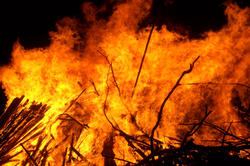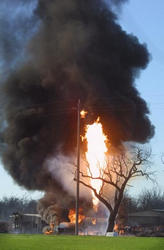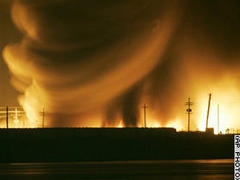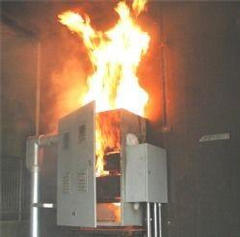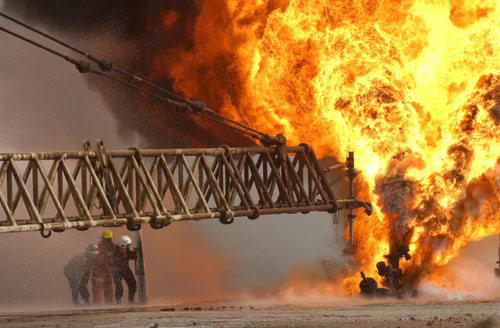The Types of Fire
Index
About
ChemX Fire
Chemistry of Fire InDepth
FireeXothermic
FireoXidation
Fire Triangle
Fire Types
Fire Proof
Review and Biblograpy
BigWorld
Gallery
Contact
Links
Fire
There are many different classification systems used for uncontrolled fires, below are this 6 classes
Type A
Fires that involve flammable solids such as wood, cloth, rubber, paper, and some types of plastics.
Type B
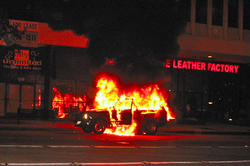
Fires that involve flammable liquids or liquifiable solids such as petrol/gasoline, oil, paint, some waxes & plastics
Type C
Fires that involve flammable gases, such as natural gas, hydrogen, propane, butane.
Type D
Fires that involve combustible metals, such as sodium, magnesium, and potassium.
Shock Risk
Fires that involve any of the materials found in Class A and B fires, but with the introduction of an electrical appliances, wiring, or other electrically energized objects in the vicinity of the fire, with a resultant electrical shock risk if a conductive agent is used to control the fire.
Type F
Fires involving cooking fats and oils. The high temperature of the oils when on fire far exceeds that of other flammable liquids making normal extinguishing agents ineffective.
Differance?
The main differance is each type has its own unquie fuel to it, greese for instances burns alot different from wood because of greese burns alot hotter is more dangerous, these classes are very important for firemen to know what kind of fire their dealing with, wood and greese fires are very different and both must be approached with caution.
